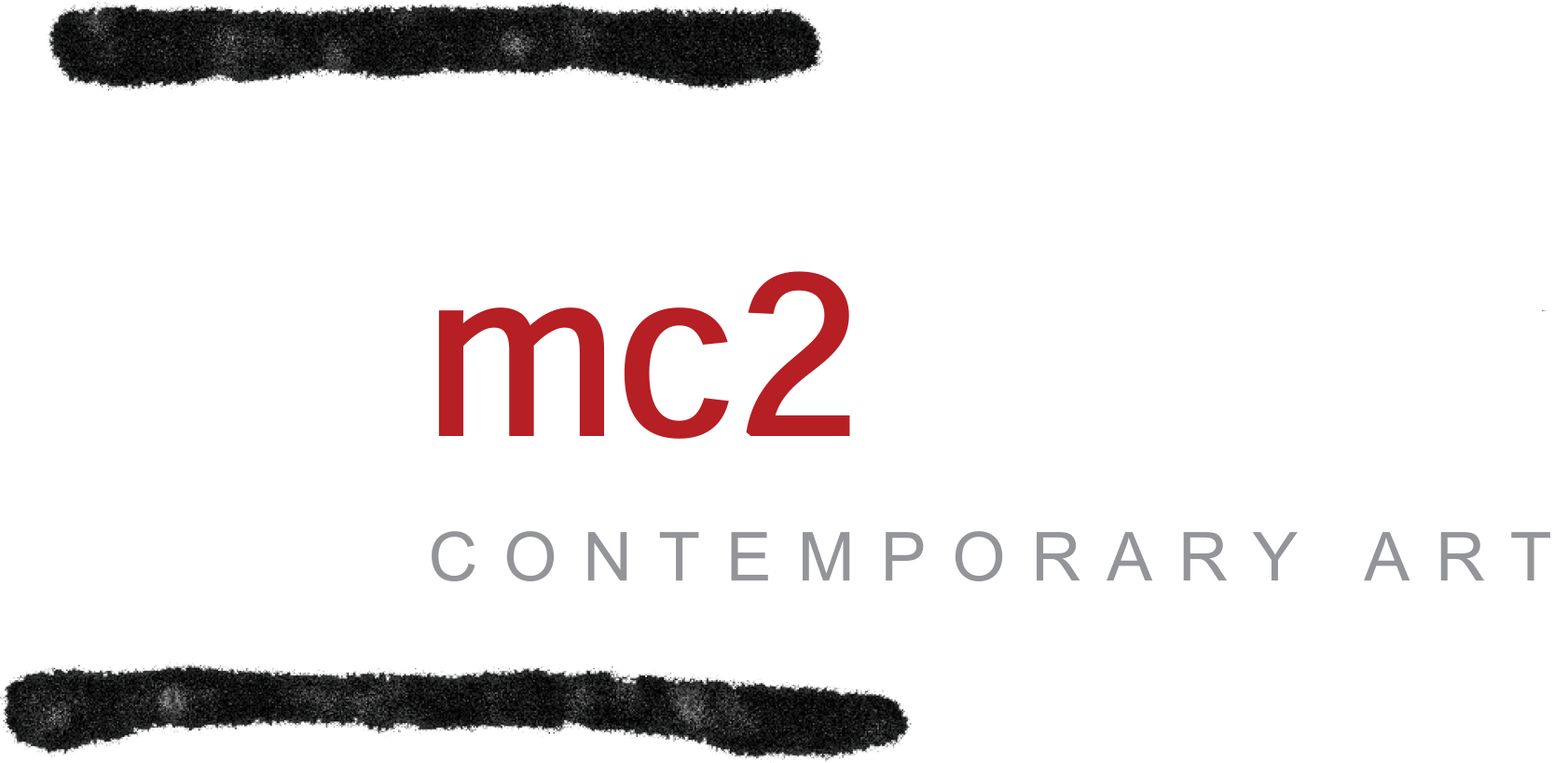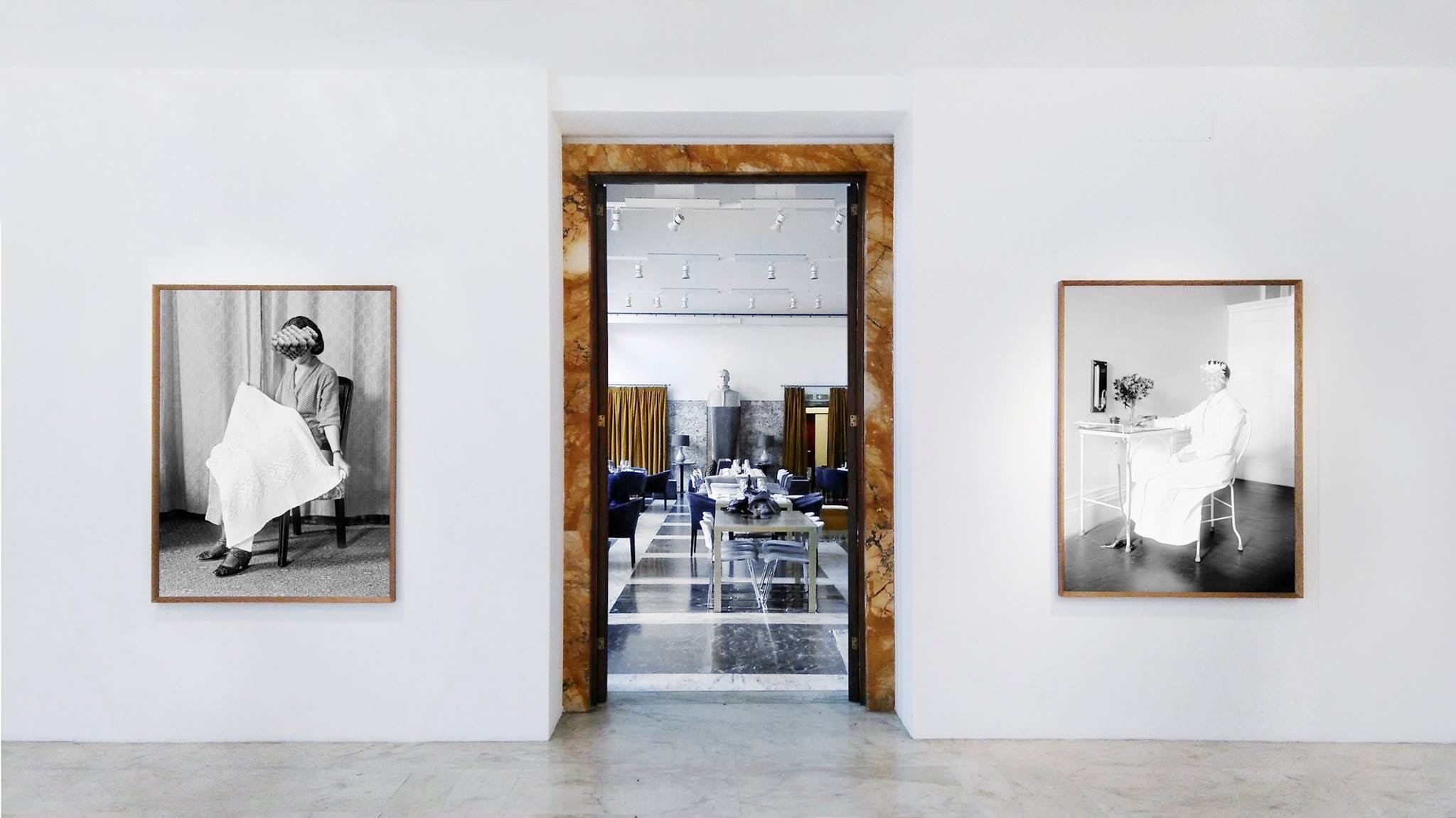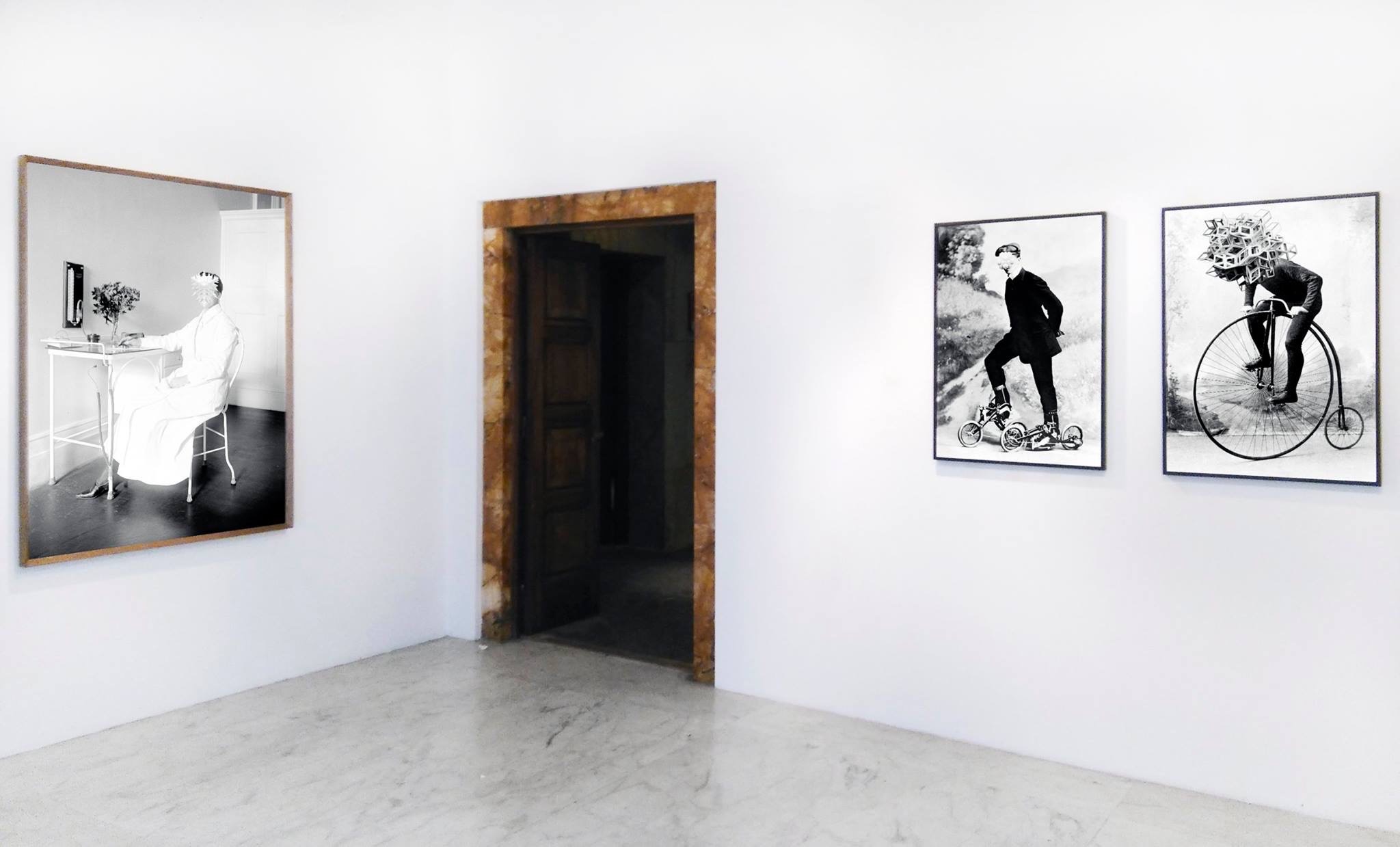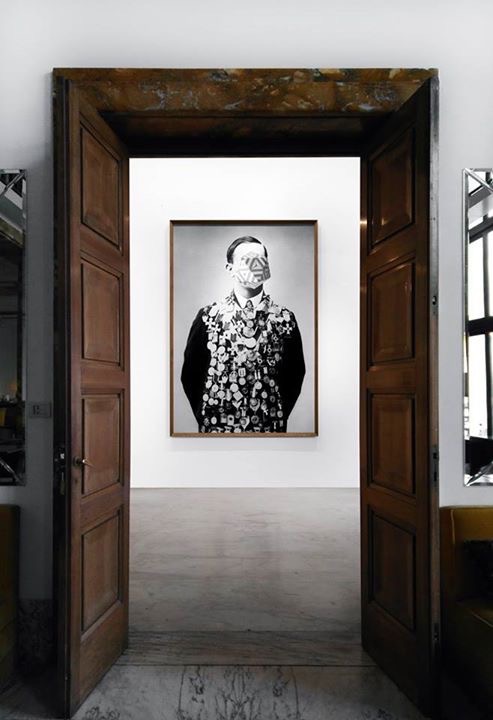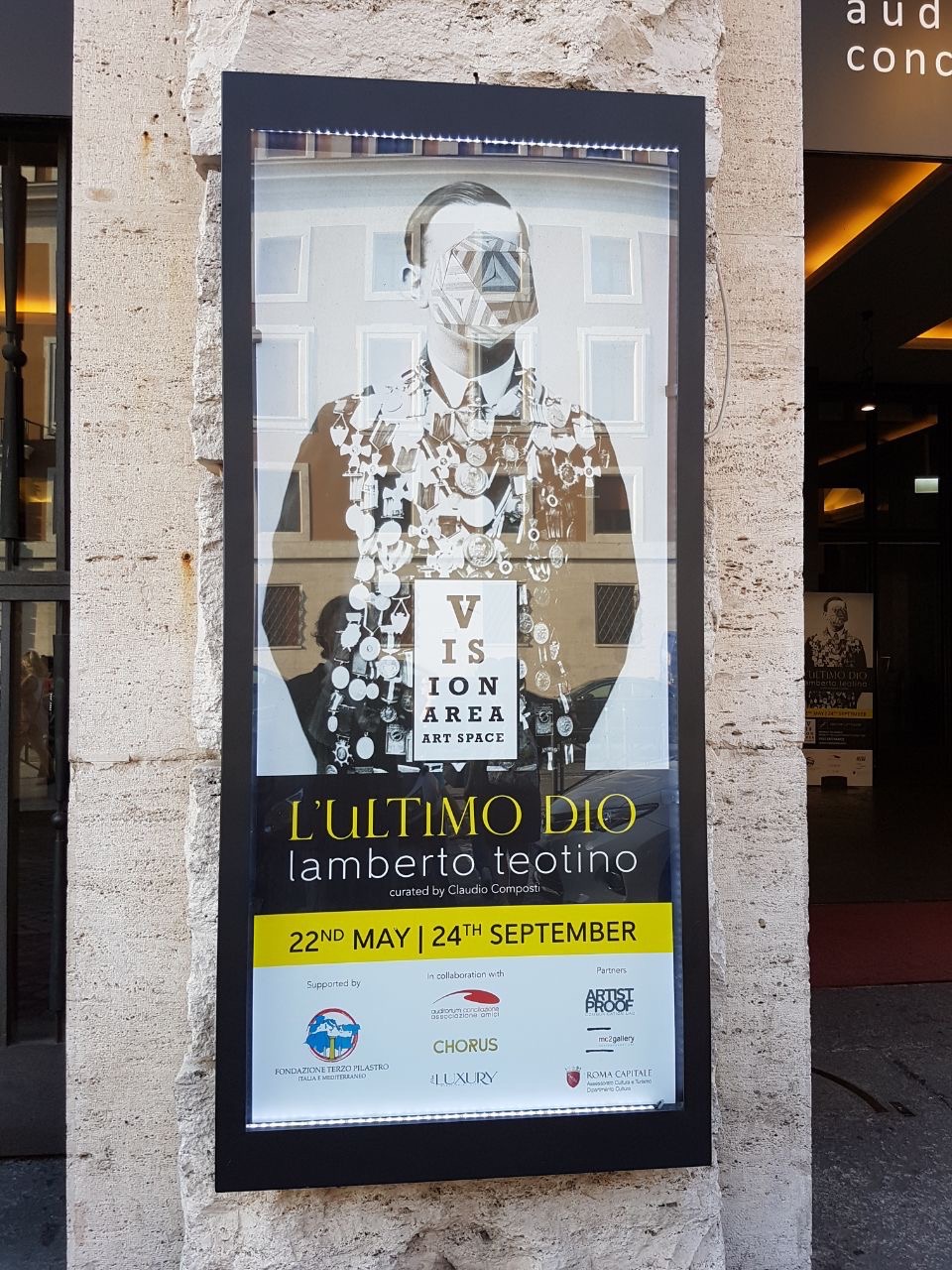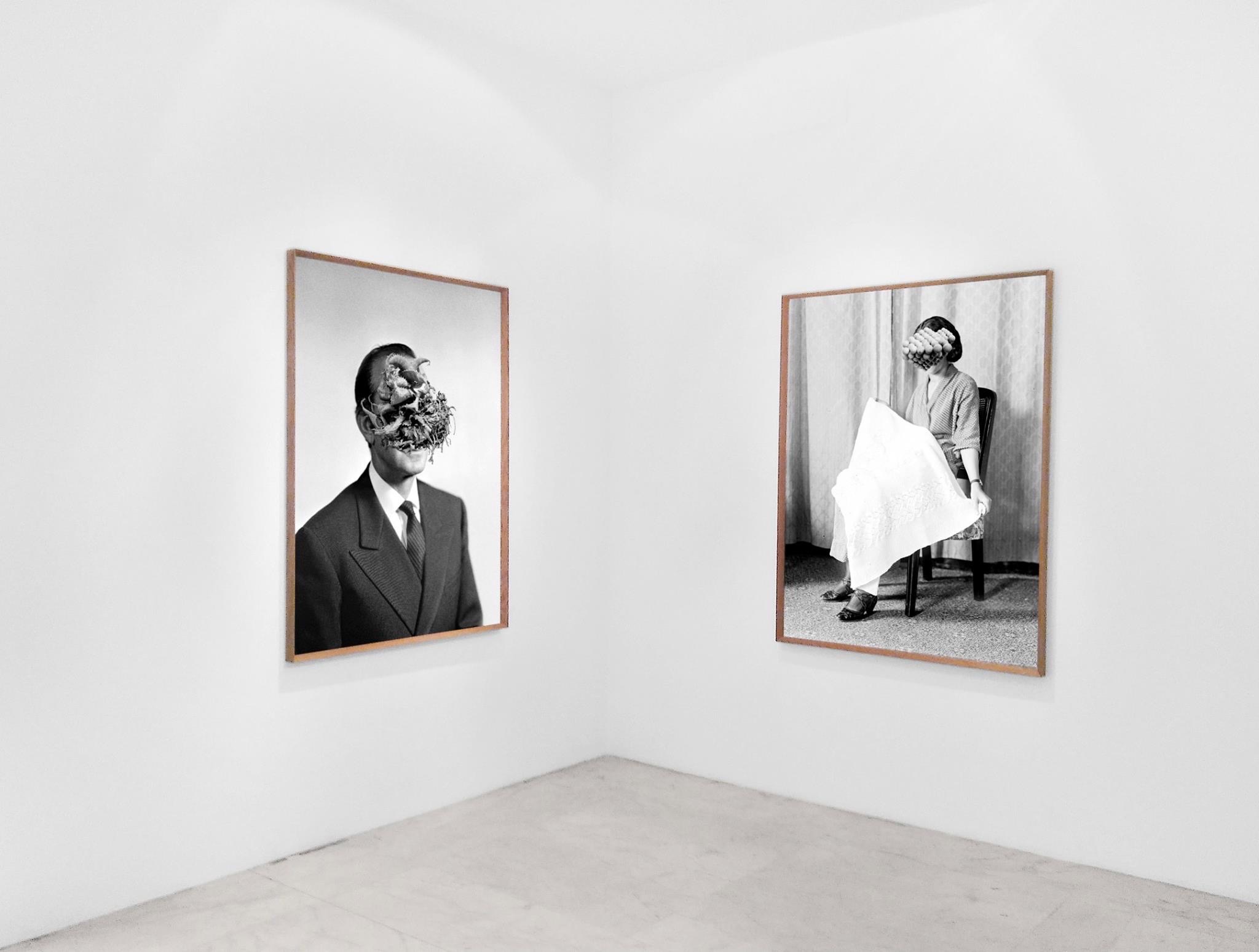«In the simple encounter of one man with another, the essential, the absolute is played out: in the manifestation, in the “epiphany” of the other’s face, I discover that the world is mine to the extent that I can share it with other. And the absolute is played out in proximity, within the reach of my gaze, within the reach of a gesture of complicity or aggression, of acceptance or refusal»
Emmanuel Levinas (1906-1995)
Lamberto Teotino (Naples, 1974) erases, omits and suppresses the face, the gaze, the soul of his subjects to make us find our own. “L’ultimo Dio” is his first solo exhibition in Rome at the VISIONAREA Art Space, in via della Conciliazione, inaugurated on 22 May.
Collages that resemble those of the English artist John Stezaker, built with postcards, frames and advertising shots, suppress specific identities, the faces are crossed by tunnels, forests, glimpses of reality that suggest an unconscious, a surreal, the spiritual , the imagination, dreams, ghosts, nightmares, memories, everything that was or is no longer there, the intangible of a memory that distorts the forfeited data of experience.Lamberto Teotino 09
Like Stezaker, the basic material is human figures, in black and white. Teotino has been tracking them down since the advent of photography in the 19th or early 20th century.
To erase the person in his point of maximum physiognomic vulnerability (the face) are fractals, material elements which, unlike Stezaker or other composite works of contemporary photography, introduce science, objectivity, the study of particles they repeat, in each of their parts, with the same geometric shape. Is it science, calculation, too much reason that kills man, makes him blind? Not seeing each other anymore, looking at each other and not recognizing each other?
Lamberto Teotino 07But Teotino knows that the structure of the human mind has something to do with the fractal, with a geometrically harmonious formation that repeats itself in one’s genes, ad infinitum. Then, in that configuration that forgets facial features, we find something familiar, we look at ourselves in the mirror without realizing it. An epiphany, an intuition impossible to unhinge at first impression, yet universal: how to remain tied, always through the gaze, to something that is ours but we do not immediately recognize. They are aesthetically harmonious, attractive photographic collages, precisely because they contain the “already known”, at least in a previous memory of which we are unaware, which is “nature” and not “culture”.
At the same time, the image connotes the unusual, the lack, the tampering. In the contrast between these two poles lies the fascination in front of the works. The opposition is also perpetuated between the digital manipulation of archival images: the post-industrial and the digital “steal” from history, the future reappropriates the past but makes it its own, to always formulate new questions, and not without a veil of irony. Some characters are intent on carrying out a daily activity (from bathing to cycling) but the artistic alteration introduces the spiritual into the purely material. A man in costume or another on a vintage bicycle are no longer just what they represent, but an endless questioning of who we are and where we are going, as a historically connoted human race. We can also cover our faces, alter ourselves with scientific and digital formulas, but not lose or prevent this questioning. Even the slogan of this year’s Art Biennale, “VIVA ARTE VIVA”, is a proclamation of this. “The Last God” by Lamberto Teotino, holding back in front of his unresolved contrasts, suggests that God is not dead, and we know it because art is still among us. Until 24 September 2017.
